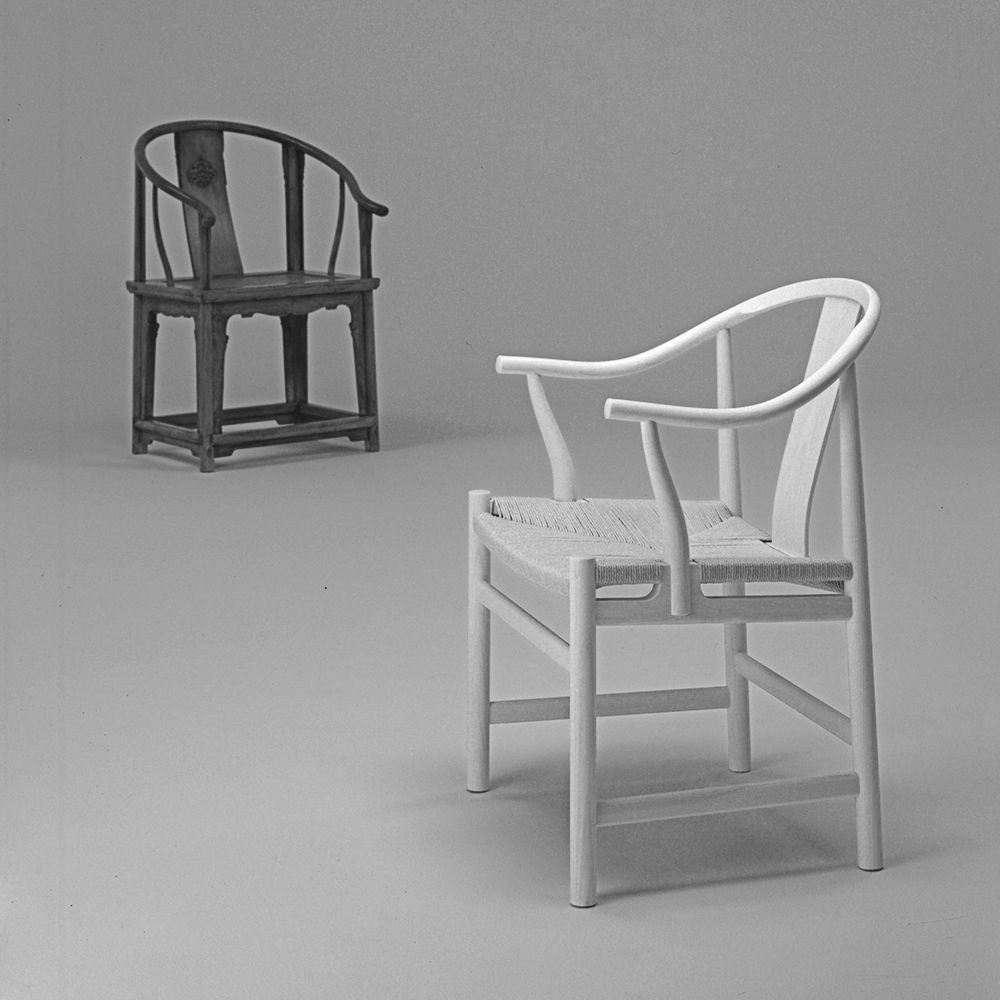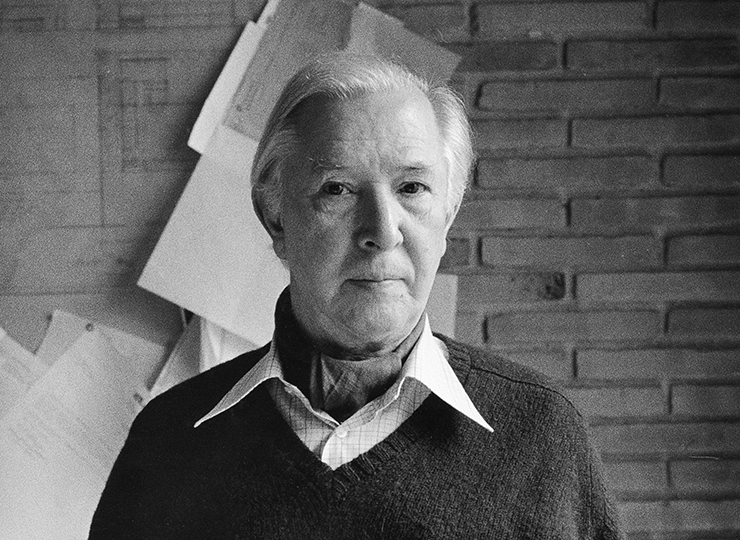
Hans J. Wegner is among the greatest of furniture designers. His designs have been described as ‘timeless’, ‘everlasting’, ‘perfect to the fullest extent of what is possible’, and ‘free from passing trends’.
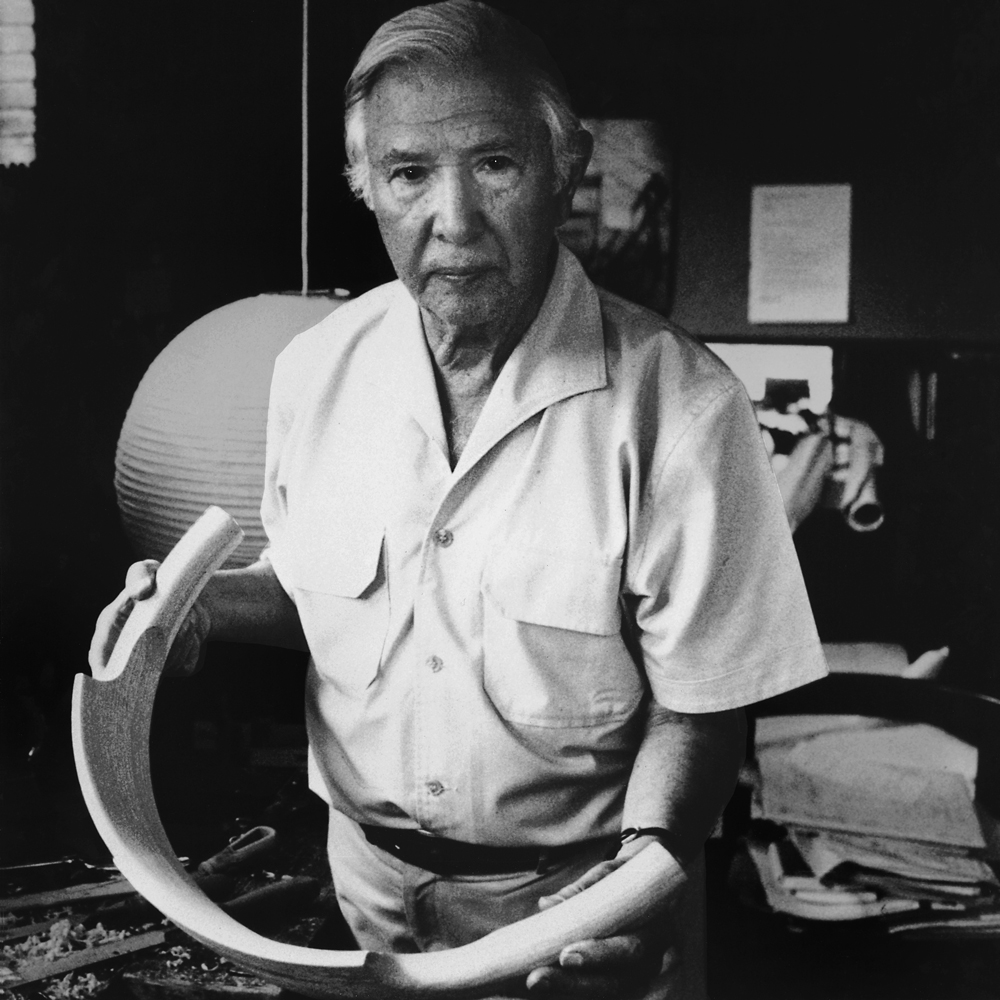 photo: Jørgen Schytte
photo: Jørgen Schytte
“ Many foreigners have asked me, how we created the ‘Danish Modern’ style. And I have to say that it was nothing like that – creating …
I suppose it was more an advanced process of purifying and for me simplification, cutting the elements down to the bare essentials: Four legs, a seat and a combined back and arm rest – The Chair.”
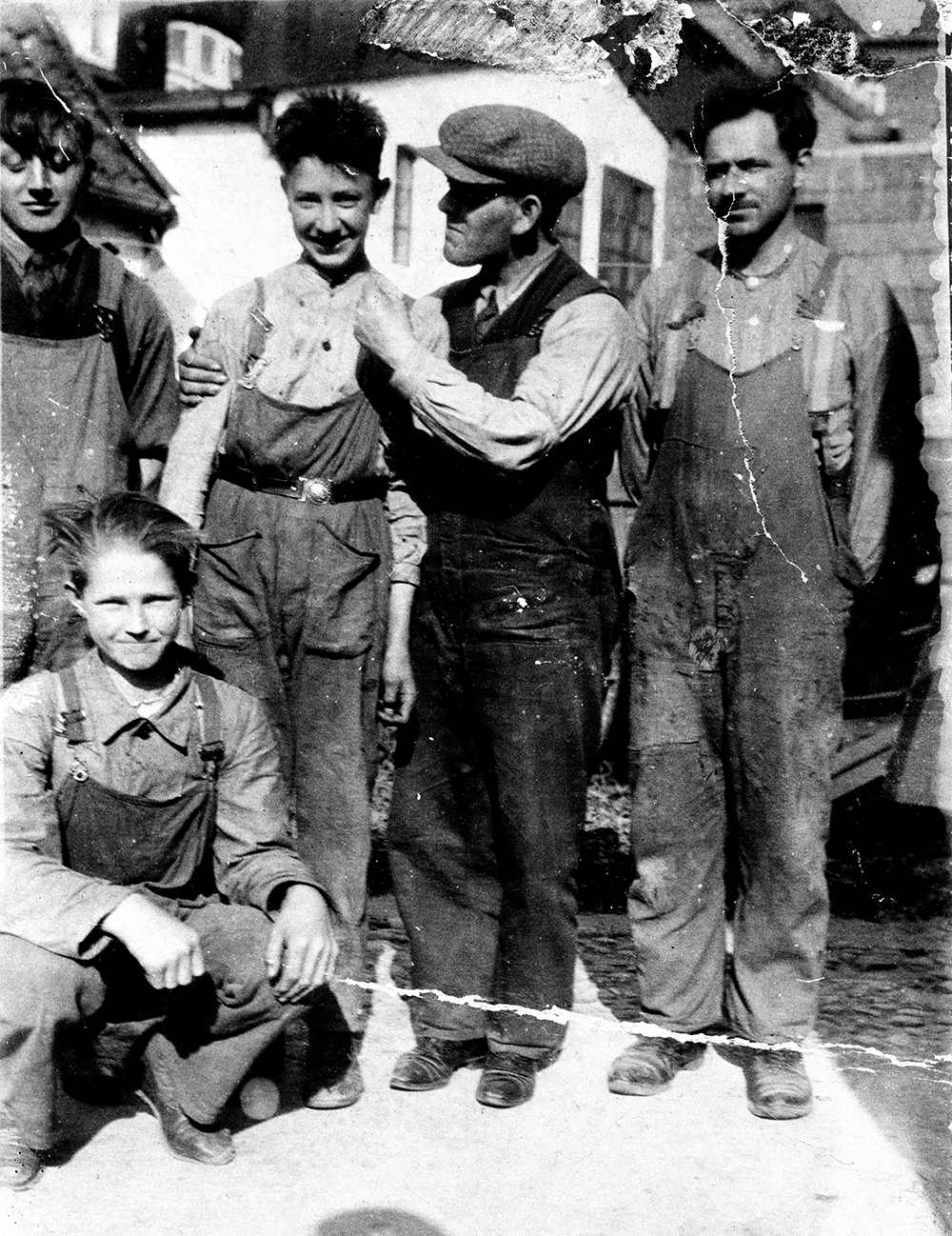
Hans Jørgensen Wegner was born 2 April 1914 in Tønder, a small town in Southern Jutland, Denmark. Typical of the period, Tønder was a town rich in traditional crafts, Wegner the son of the local shoemaker, grew up familiar with the environment and tools used in his father’s workshop.
At an early age he proved to be a competent water colorist and developed an interest in nature, carving small pieces in wood using knives borrowed from his father’s workshop.
At the age of 14, Wegner began an apprenticeship as a cabinetmaker in the workshop of the Master of Craftsmen H.F. Stahlberg. In his spare time he became a frequent visitor to the local Museum of Art and was fascinated by the collection of fine porcelain figurines by the Swedish artist Theodor Lundberg.
Wegner is often referred to as the master of chairs and he considered the chair to be the greatest challenge within the field of design. As he explained, “The chair is the object closest to humans.”
Wegner was a purist. He refined his ideas about crafts and ergonomics with an almost scientific methodology and worked intensely in a relentless search for the perfect chair, “I have the feeling it eludes me the more I work on it”, he said.
The foundation of Wegner’s principal work was his detailed studies of Ming Dynasty Chinese chairs. These led directly to the creation of the Round Chair and consequently marked the International breakthrough for Wegner personally as well as for the export phenomenon of Danish design.
In creating the Round Chair Wegner simplified its construction by placing the emphasis and focus of work onto the critical points of contact. The combined back and arm rest.
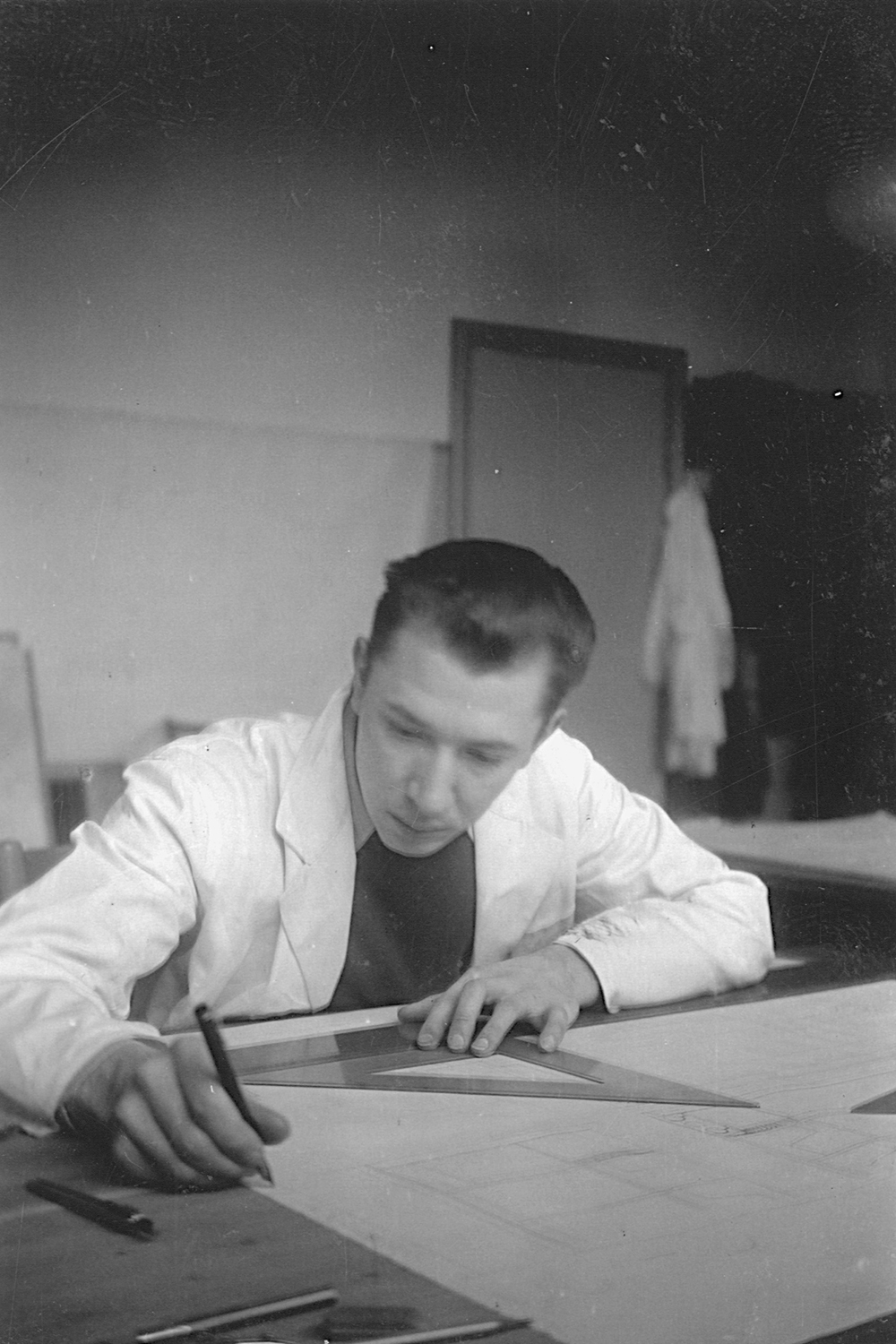
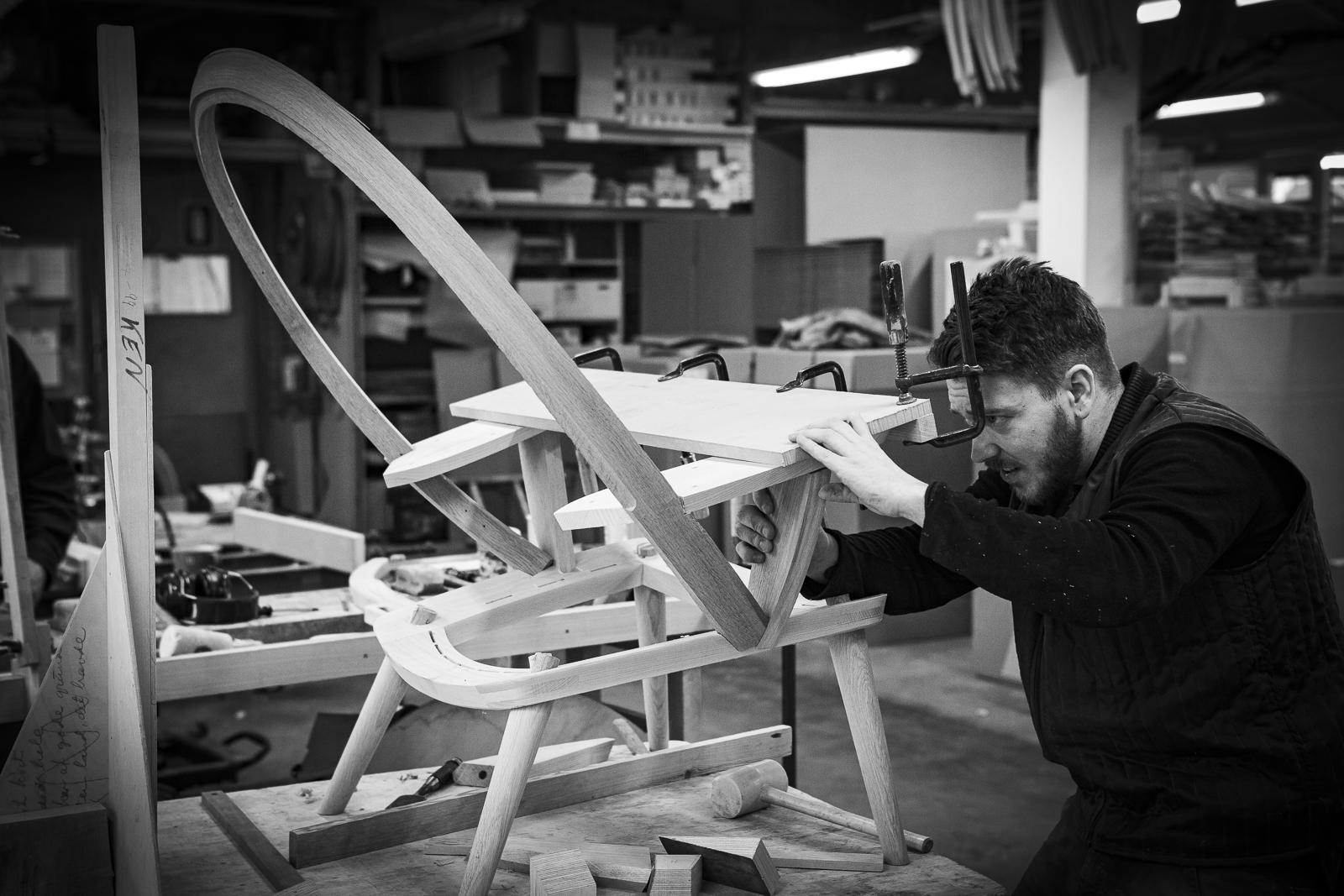
“The staff at PP Møbler consists of highly skilled artisans who work seriously with even the smallest details. Nothing is left to chance. I like to spend time with people who like their work and who take great pleasure in creating the most beautiful result possible.”, Hans J. Wegner.
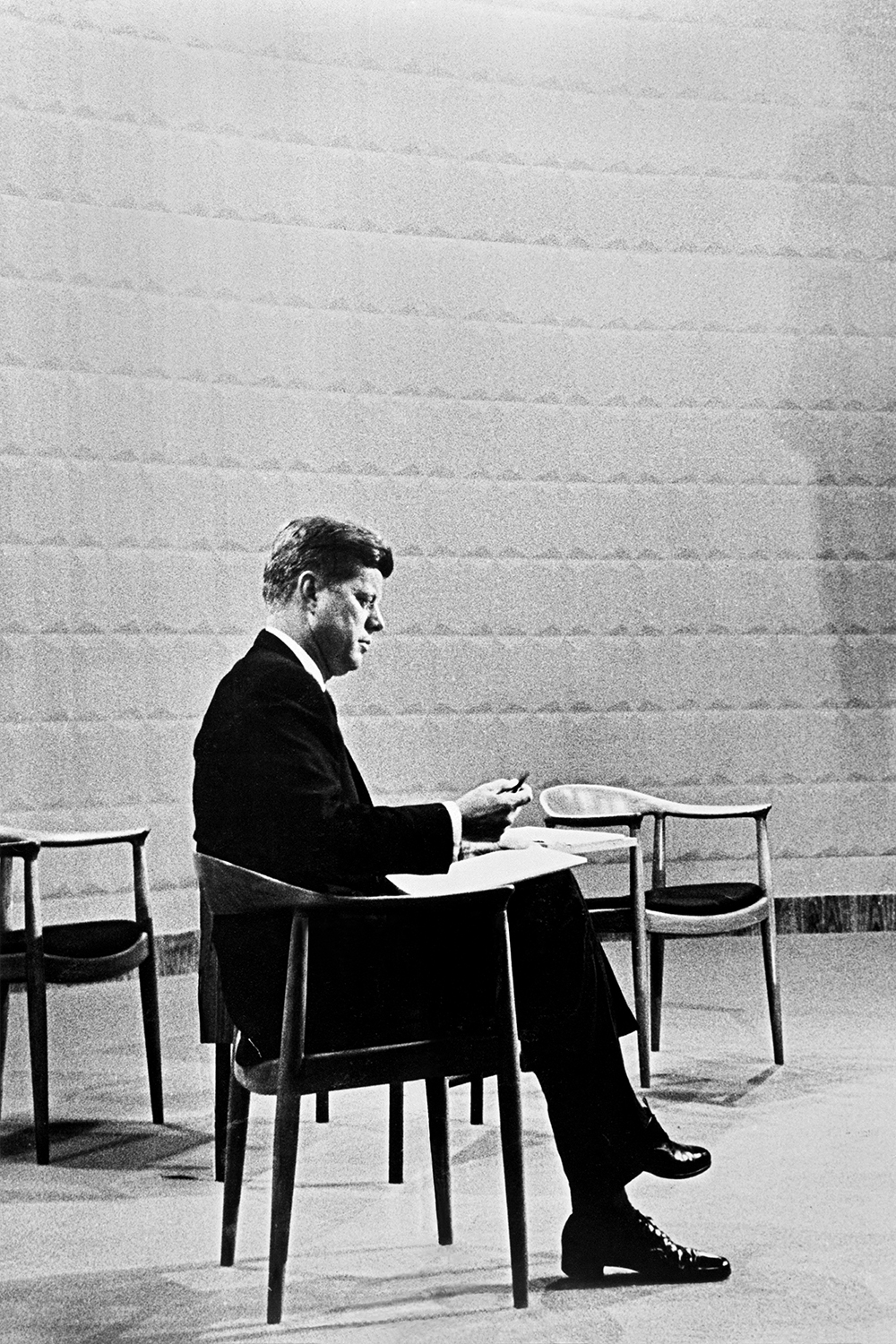
The prototype of the Round Chair was featured in the US magazine Interiors in 1950. This was the first ever report on Danish furniture outside Denmark and the following text accompanied a picture of the chair, “In this oak desk chair Mr. Wegner uses a simple construction and devotes himself to perfecting the shape and scale of the parts.
The top rail, a complicated collection of twisted curves and joints, was wrested into quiet obedience.
The sturdy legs are tapered just enough to seem muscular rather than overfed and the seat dips slightly to look willing but not seductive.”
The Round Chair became one of the most desired designs on the American market and the export of Danish furniture quickly picked up. Within the American furniture business the Round Chair was regarded as an archetype of a modern chair and it became known simply as “The Chair”.
In 1960, when John F. Kennedy faced Richard Nixon in the first presidential election debate to be televised, they sat in “The Chair”. The debate was historic and proved pivotal in favor of Kennedy. The iconic image of him sitting in “The Chair” marks the event considered one of the great moments in American political history.
Following the debut of the Round Chair, Wegner went through several distinct phases in seeking an adequate and healthy support for the back.
In the 1950’s Wegner conducted pioneering multi-disciplined studies on ergonomics with Consultant, Professor and Doctor of Medicine Egill Snorrason PhD. The studies were based on X-ray images of the human spine and revealed new insight into the laws of ergonomics. As a statement on the results of the studies Wegner created the Swivel Chair.
See more under Variations on a theme.
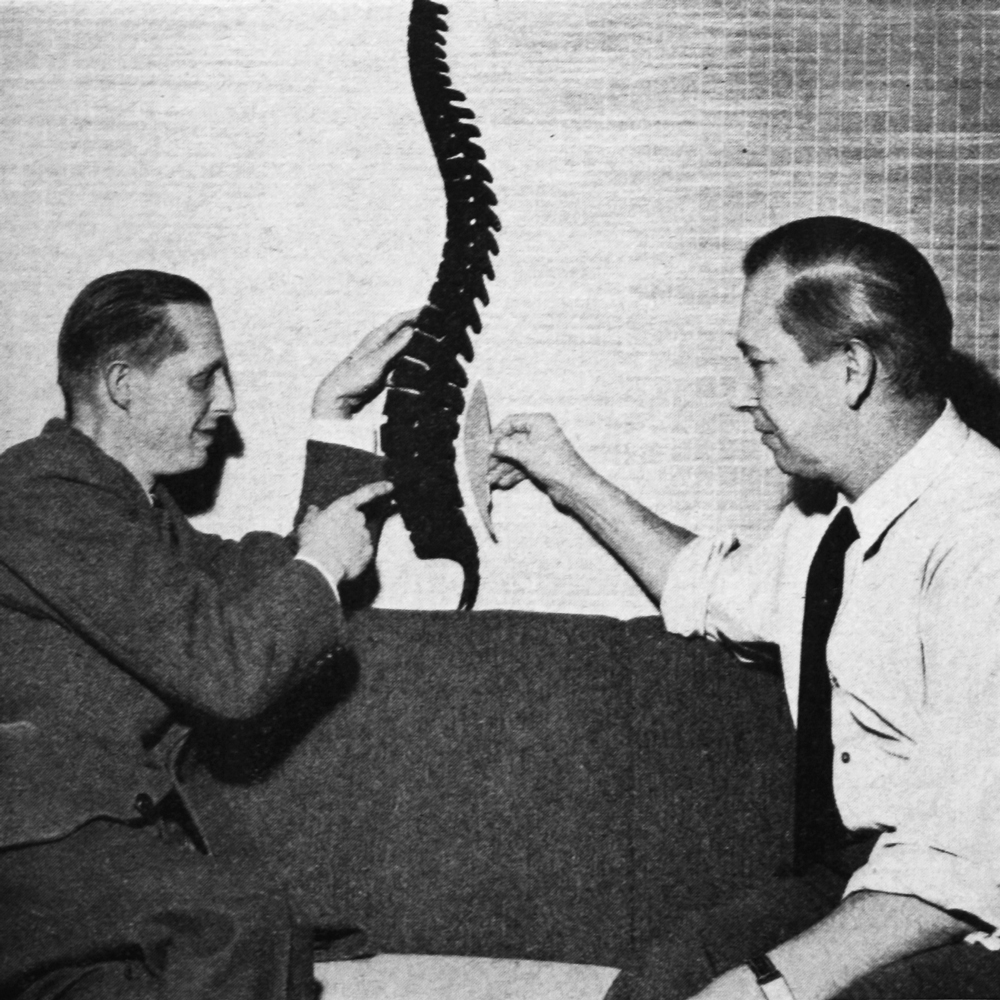
The longstanding collaboration between Hans J. Wegner and PP Møbler has been pivotal to the development of the workshop and brand. Wegner constantly challenged our craftsmen to think in new ways. Wegner’s hands on approach to solve technical challenges and his precise drawings and guidelines made it a pleasure to work on his furniture.
Above all, Wegner was admired and respected for his exceptional cabinetmaker skills. Ejnar Pedersen has said many times, “Wegner is the most skilled cabinetmaker, I have ever met!”
Underpinning this collaboration was the shared pursuit of excellence and the satisfaction of pursuing the more experimental areas of the craft. We have re-launched several of Wegner’s most challenging designs true to his original ideas and have had the privilege of bringing several new Wegner creations to life. Wegner was considered a member of the team at PP Møbler and during his frequent visits he would often walk past the offices directly to the work- shop in order to discuss a specific challenge with the craftsmen.
The Papa Bear Chair was our first introduction to Wegner. We produced the frame in the 1950’s and 60’s as a sub-supplier to its manufacturer AP Stolen. On his initial visit to our work- shop to inspect the work in progress, Wegner questioned the need for such high quality on a part that would be hidden by upholstery.
Ejnar Pedersen responded by stating that the craftsmen “needed to have pride in their work. Besides, PP Møbler only produces first class quality”. This statement came as a surprise to Wegner. Usually he would be the first to speak up for the quality of the work but in this instance his demands for excellence were matched.
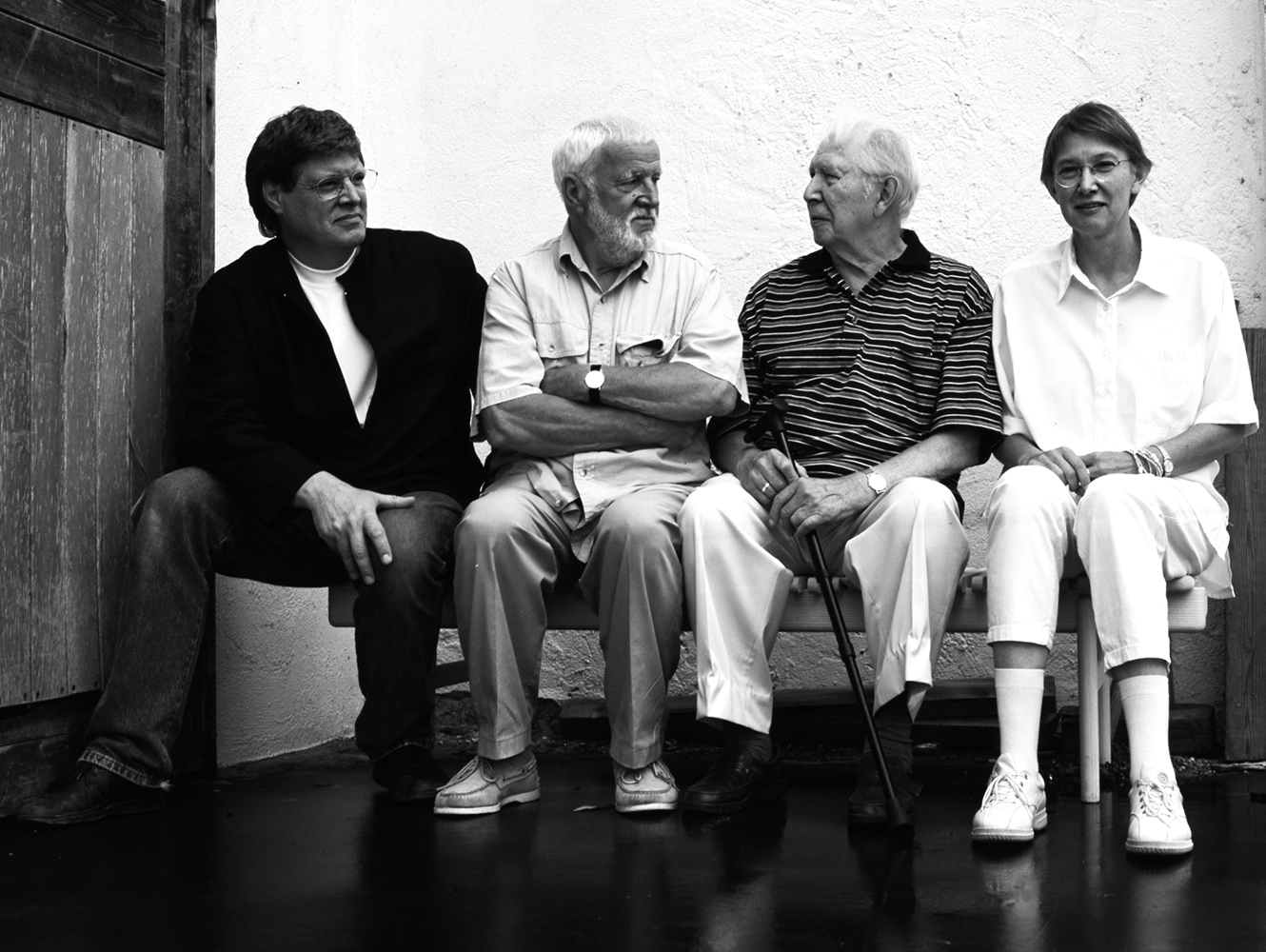
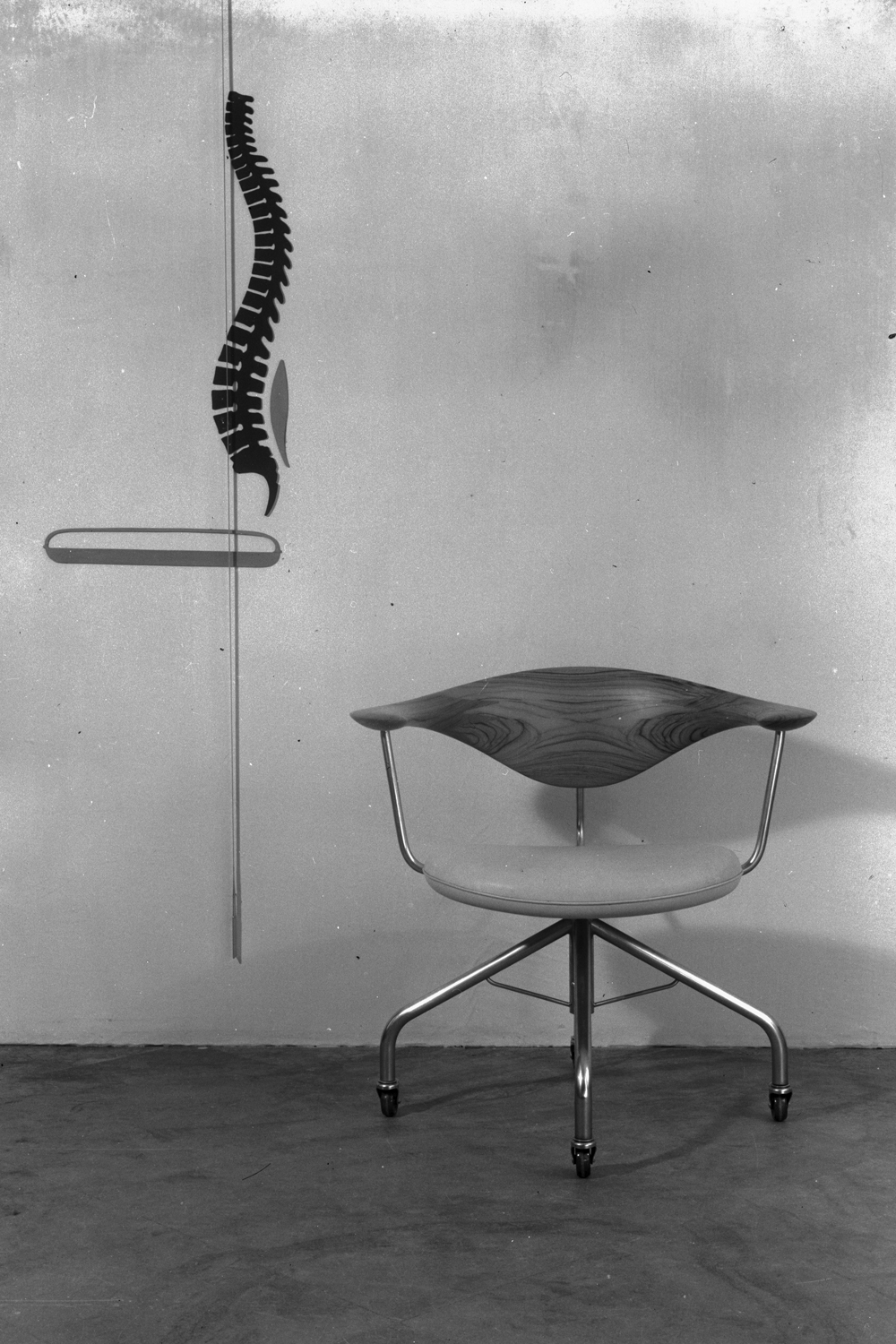
Throughout the 1950’s and 60’s Wegner was busy supplying new designs for six other companies and PP Møbler was content producing prototypes and working as a subcontractor. Nevertheless, during this period Wegner developed a close friendship with Ejnar Pedersen and the staff at PP Møbler.
In 1961, Wegner’s mentor and friend, Master of Craftsmen Johannes Hansen died. Furthermore in 1966, the annual Cabinetmaker’s Guild’s Autumn Exhibition, where Wegner presented most of his visionary work, ceased to operate. Wegner missed the close collaboration with Johannes Hansen through which he could achieve his full potential and an environment in which to develop his Ideas. Eventually Wegner turned to PP Møbler with an offer for a closer collaboration. In 1969, Wegner designed his first chairs, pp201 | pp203 exclusively for the Company and urged Ejnar Pedersen to start selling under the name and brand of PP Møbler. Wegner himself designed the characteristic logo of PP Møbler and for the following 20 years all of the marketing material for the Company. Thus he intentionally advanced PP Møbler from being sub-supplier into an independent brand.
An important part of building up the product line was to take over the licenses for discontinued Wegner models. In the mid 1970’s, Chinese Chair pp66, originally designed in 1945 for Fritz Hansen was initiated. Soon after the key designs produced by Andreas Tuck were added to the collection when that business ceased trading. In 1990 Wegner and PP Møbler finally settled their common ambition for the future of the Company by undertaking the responsibility for the unique collection of modern classics that had been produced in the 1950’s and 60’s by one of the outstanding Danish workshops of the period, Johannes Hansen. Among Wegner’s masterpieces produced by PP Møbler since this time are the Round Chair, the Minimalist Chair, the Peacock Chair, the Architect’s Desk, the Valet Chair, the Tub Chair and many others.
Today the Wegner designs produced at PP Møbler constitute the fine crafts collection of Wegner and demonstrate an impressive insight into the amazing legacy of this true master of modernism.
